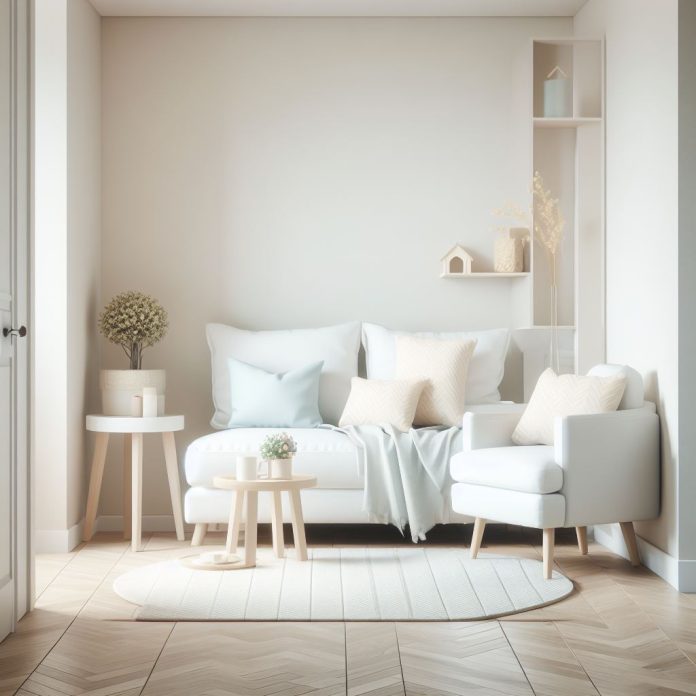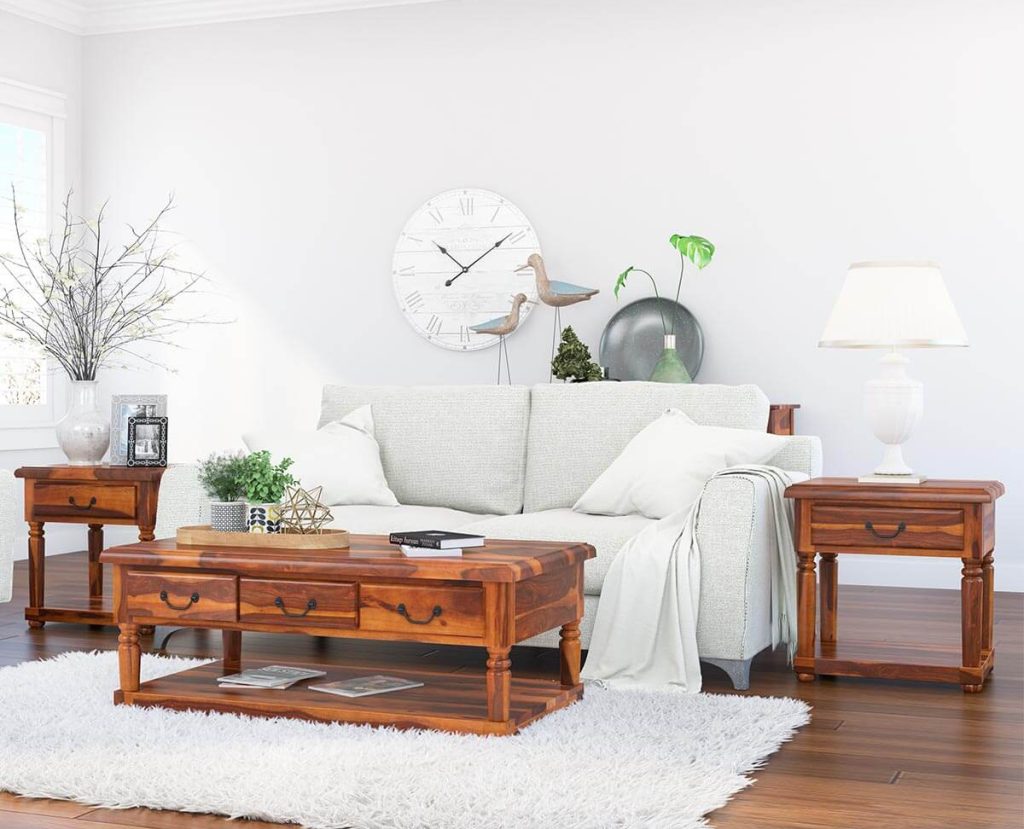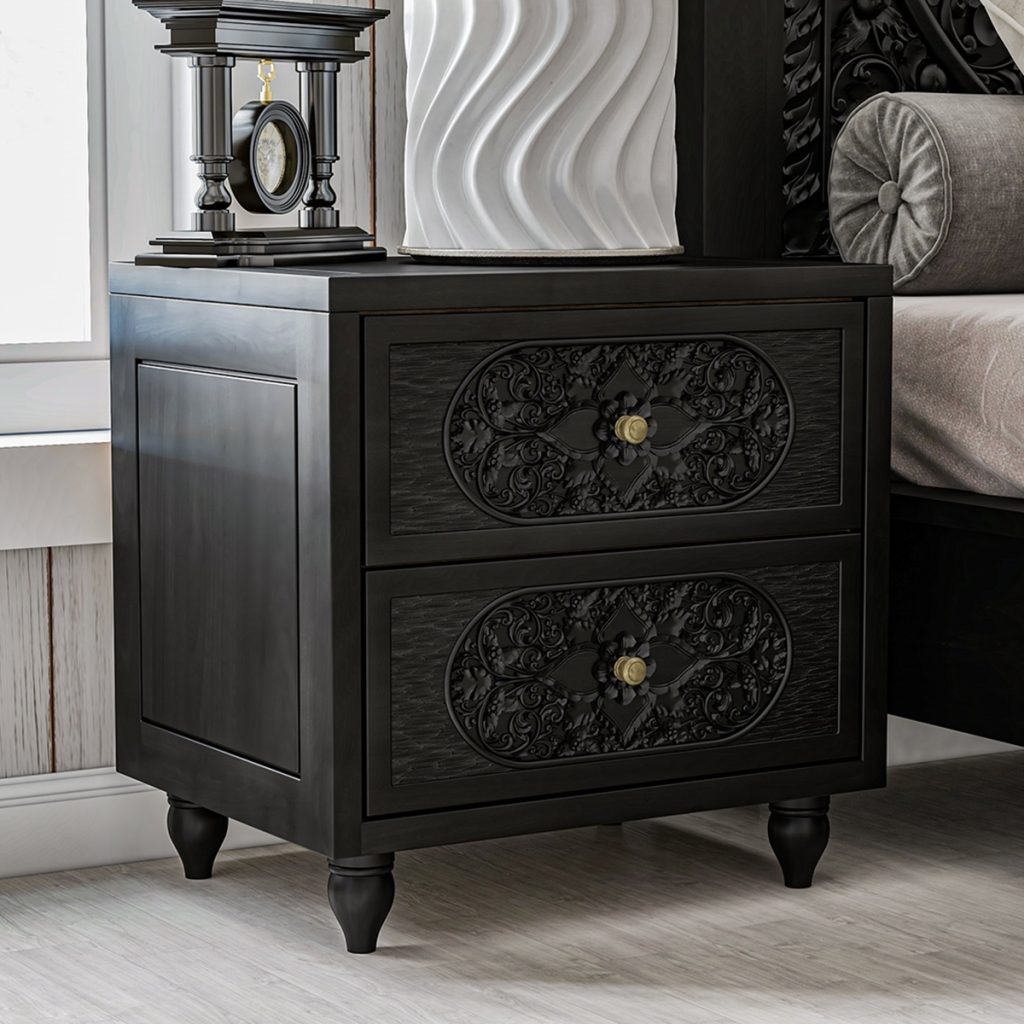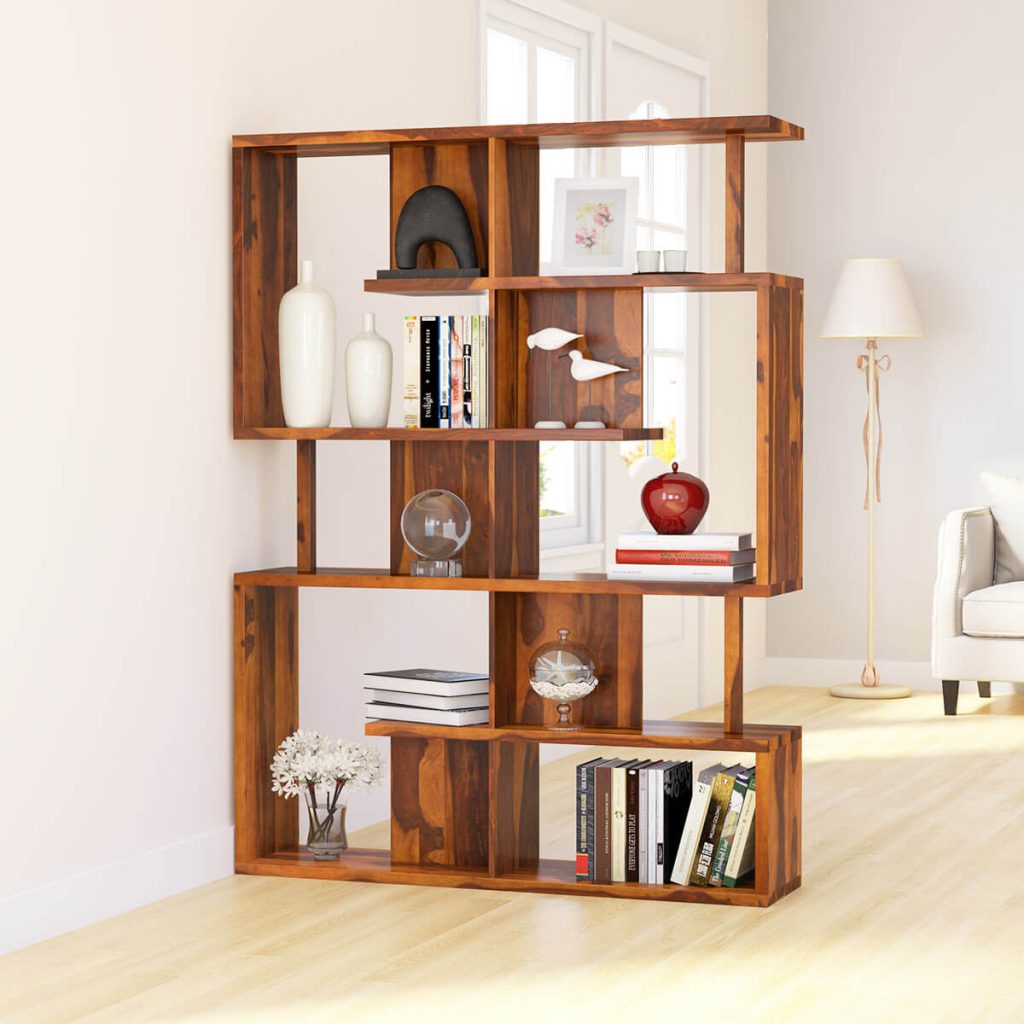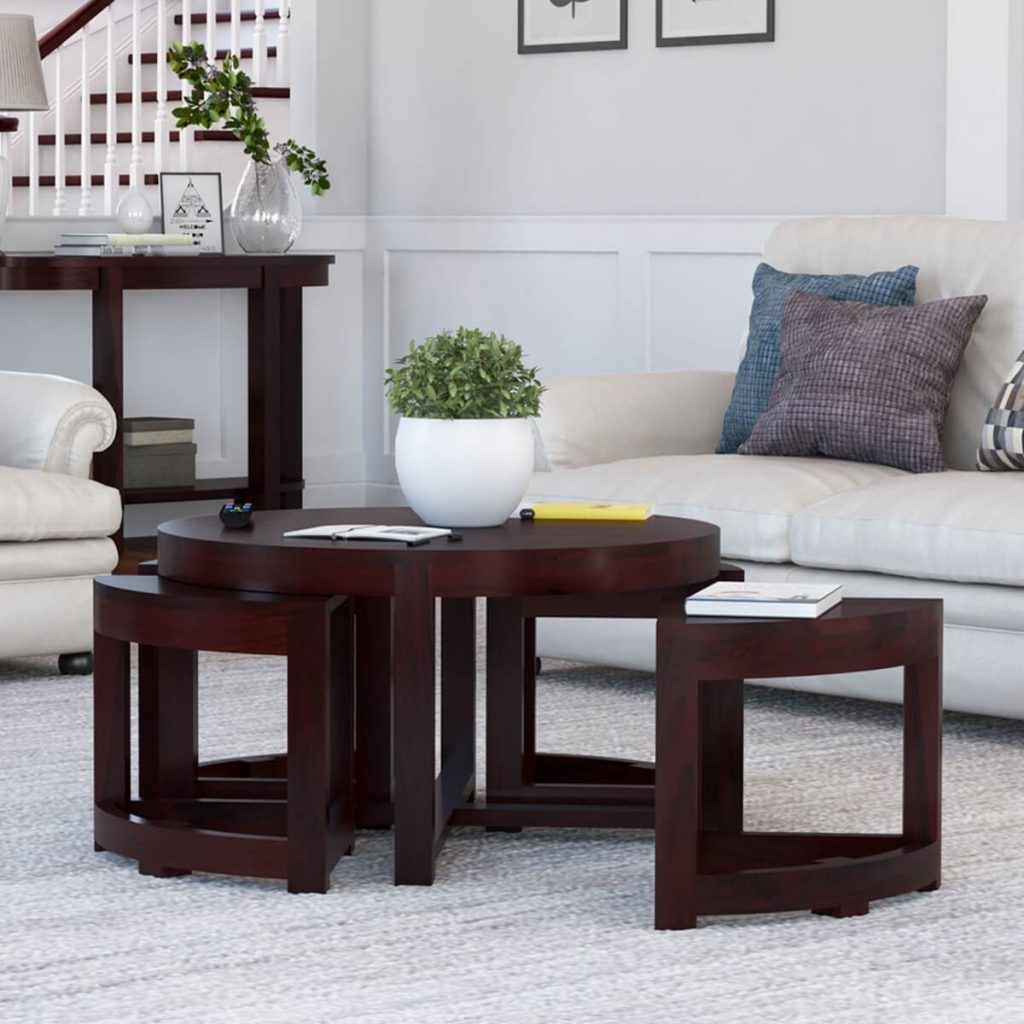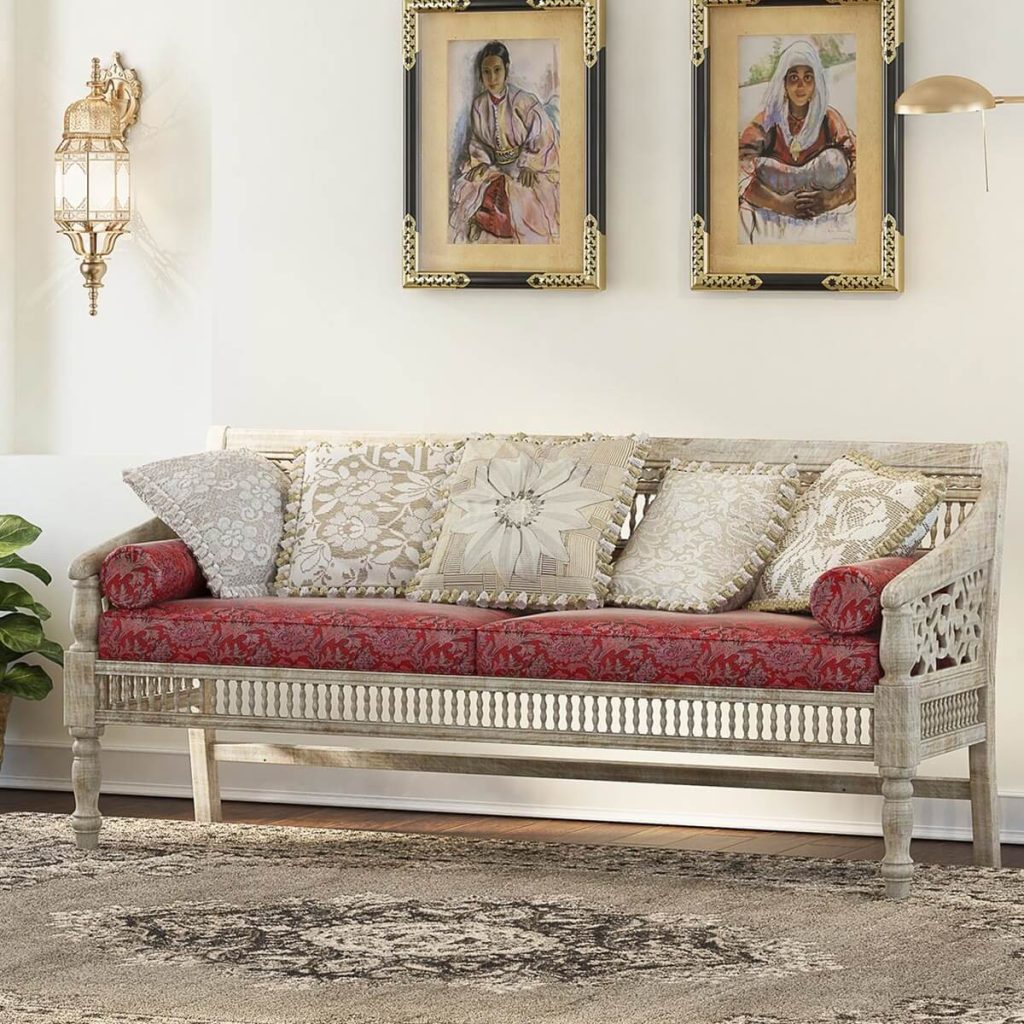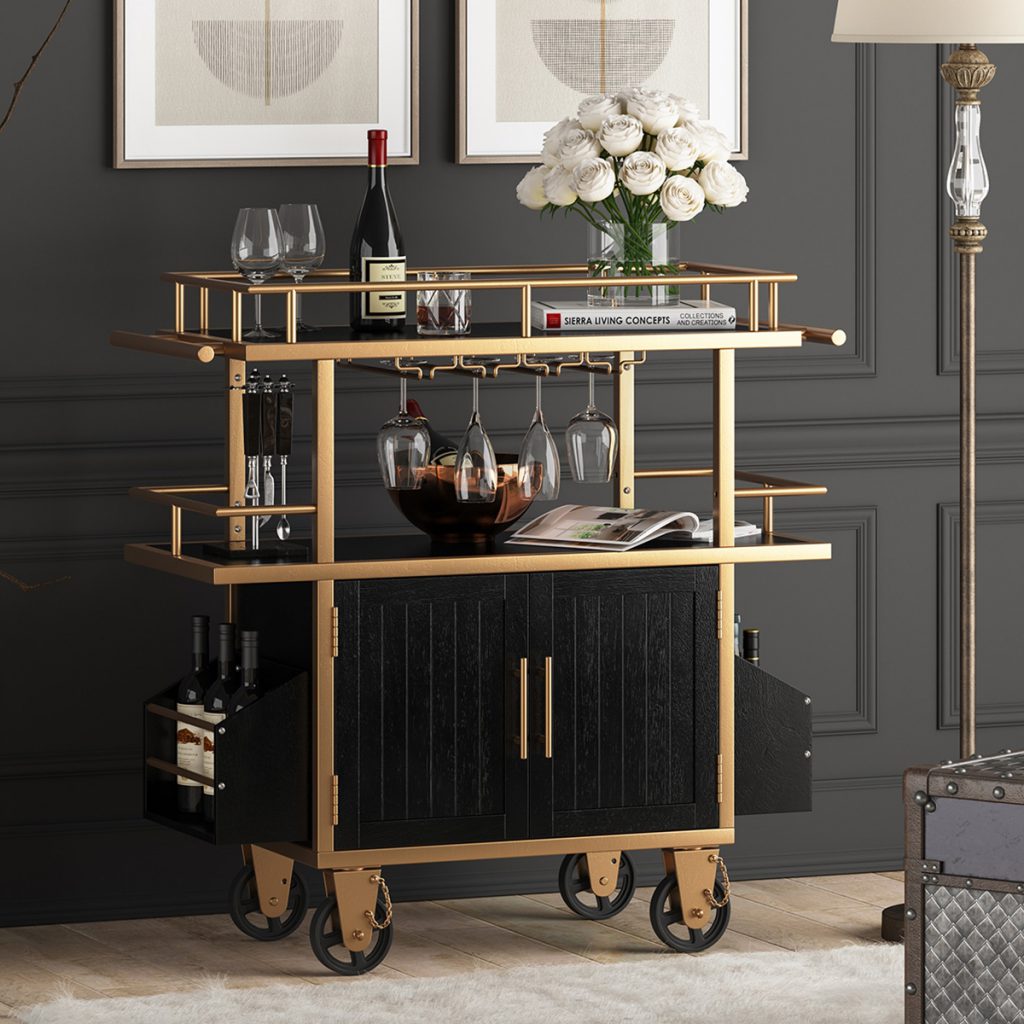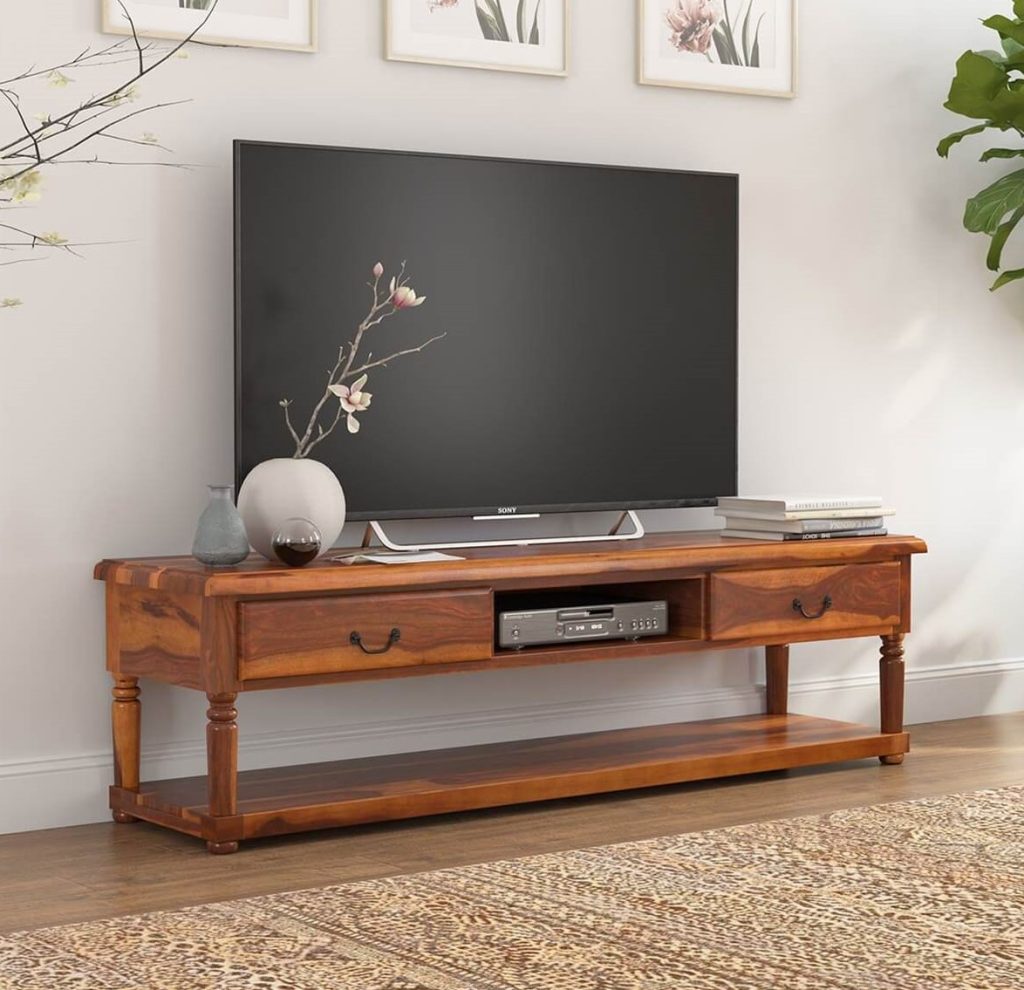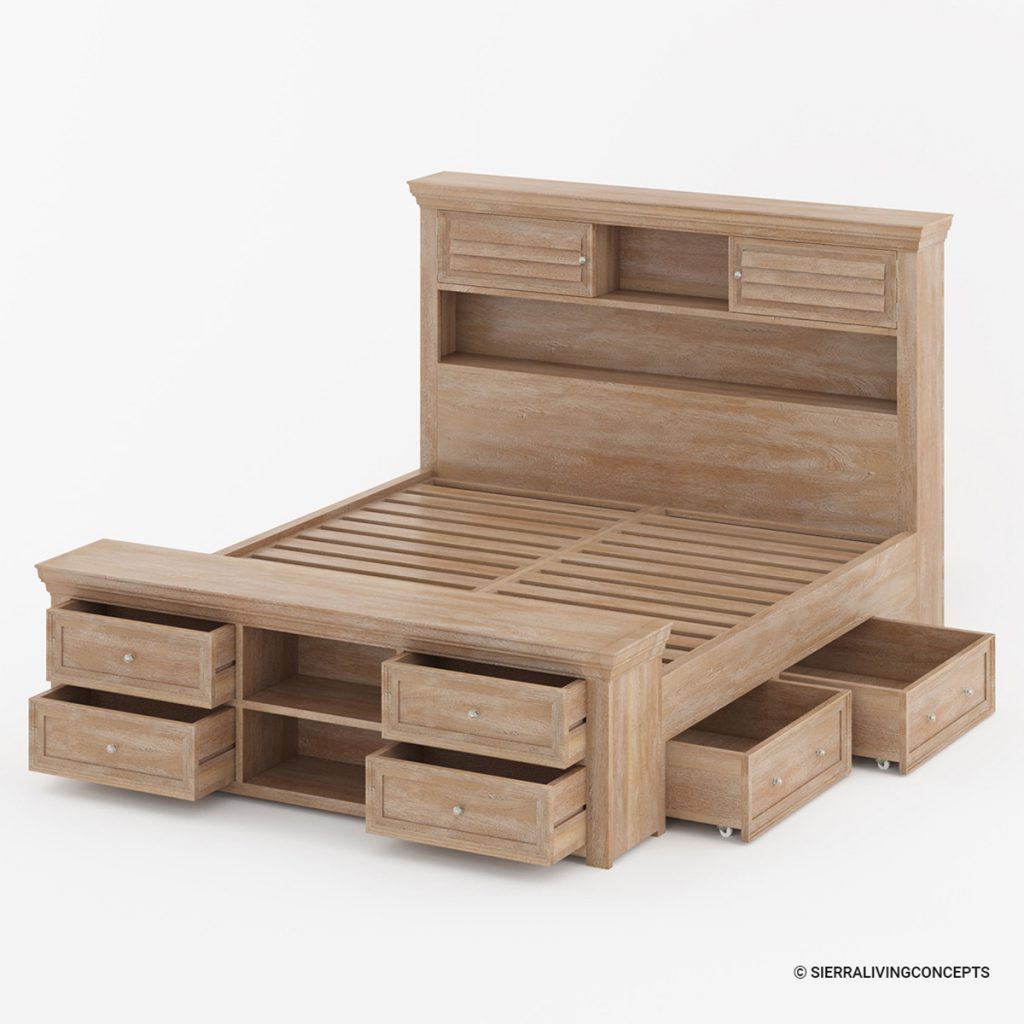How to Choose Furniture for Small Spaces
Last Updated on May 22, 2024 by SierraLivingConcepts
Tips for Making Small Spaces Feel Larger
Living in a small space doesn’t mean sacrificing style and functionality. With the right furniture choices and strategic planning, you can create a comfortable and visually appealing environment. We’ve gathered insights from various experts to help you navigate the challenges of furnishing compact living areas.
1. Key Considerations for Furniture Selection
When it comes to furnishing small spaces, Kerry Sherin from Ownerly emphasizes the importance of balance between function and form. Multi-purpose pieces, like a daybed or sleeper sofa, can maximize the utility of your furniture, saving valuable square footage.
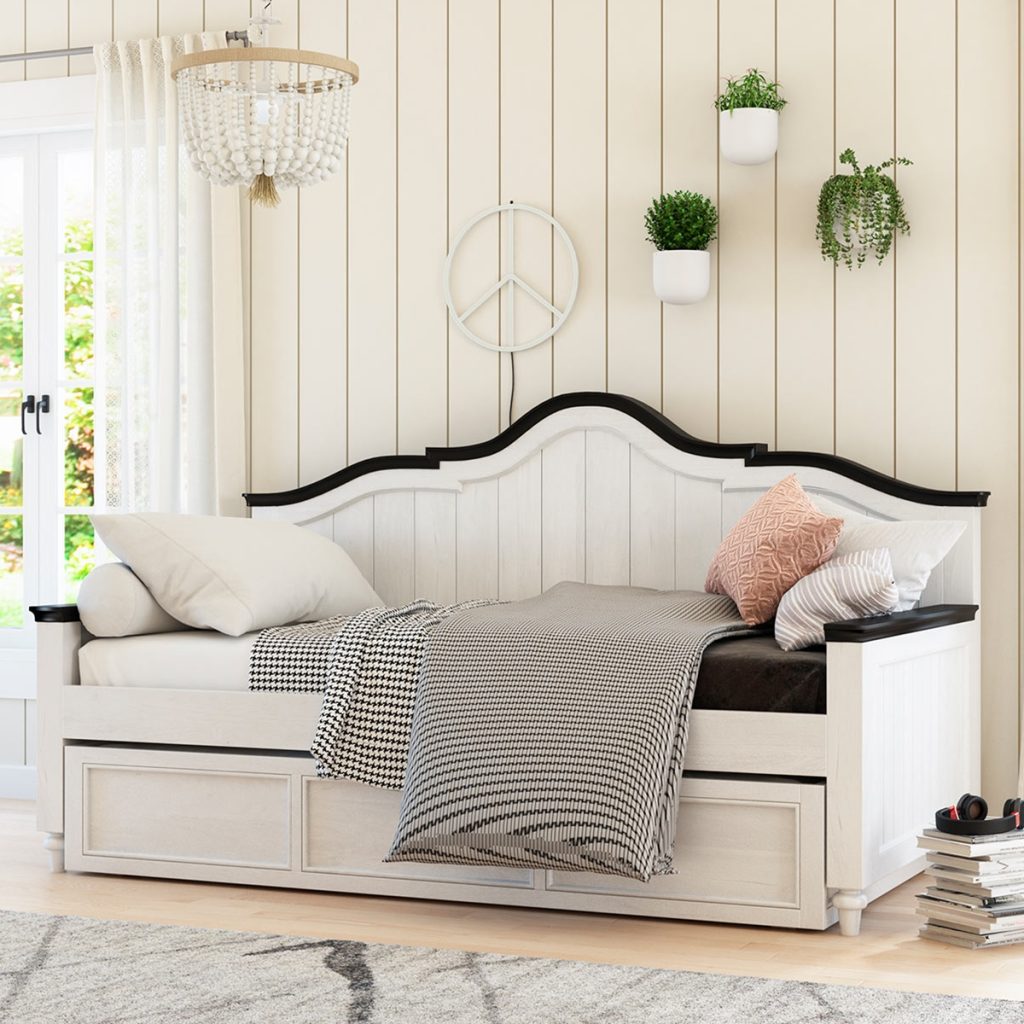
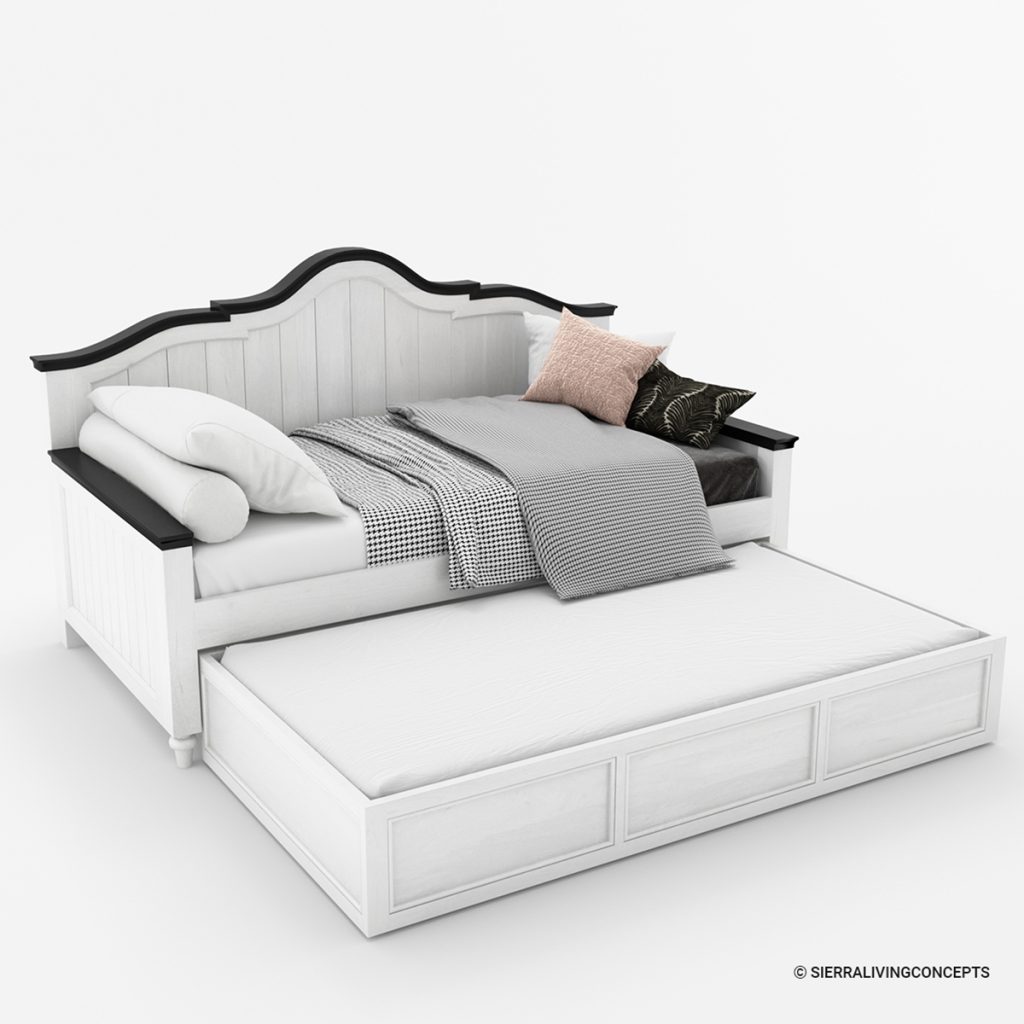
2. The Role of Colors in Small Spaces
According to Kerry, colors play a crucial role in creating the illusion of space. Light colors such as whites and pastels make a room feel larger and airy. However, don’t shy away from dark colors; strategic use, like a deep blue wall or an ebony coffee table, can add depth. Maintaining a unified color scheme and experimenting with textures like wool and leather can enhance visual appeal.
3. Furniture Placement Strategies
Furniture placement is pivotal in optimizing small living spaces. A well-thought-out arrangement, including a big coffee table, a rug, and a modest sectional for an open floor plan, can visually simplify the area and create an impression of more space.
4. Designing Stunning Small Living Spaces
Todd Saunders from Flooring Stores says that small living spaces can be a challenge to design, but someone can create a beautiful layout by following a few simple rules: maximize vertical space, prioritize multifunctional pieces, and capitalize on light colors.
For example, their guest bedroom is much smaller than the other bedrooms in their home, but they have made it look spacious with a light color palette and a heavy reliance on mirrors and natural light. Instead of having large, bulky dressers in this room, they opted for nightstands with drawers. These pieces have a much smaller footprint and avoid dwarfing the room while still providing their guests with clothing storage space during their visit.
5. Use Space-Efficient Furniture
Aaditya Bhatta from Plants Craze advises If you have a very small living space, you may want to consider using an extendable dining table. This type of table can be folded down when you’re not using it, to save space.
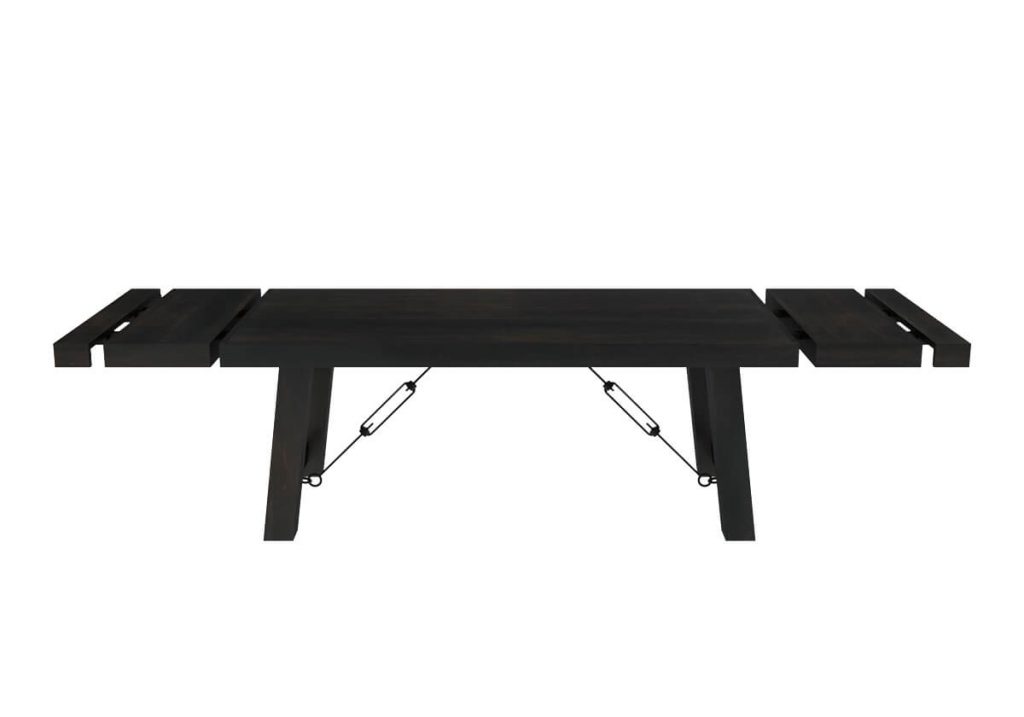
6. Practical Tips for Small Living Spaces
Drawing from various sources, including Eva Reyes from Bay Management Group, here are practical tips for furnishing small living spaces:
- Measure your space carefully before shopping to ensure the right size and scale.
- Look for multi-functional furniture, such as sofa beds and storage coffee tables.
- Avoid oversized furniture to prevent the room from feeling cramped.
- Use transparent furniture, like glass coffee tables, to create the illusion of more space.
- Embrace light colors and reflective surfaces to enhance the feeling of openness.
7. Space-Efficient Storage Solutions
Angela Rubin from Hella Maid recommends incorporating space-efficient storage solutions into your furniture choices. Use bookcases as room dividers the open shelving of bookcases creates an illusion of openness.
8. Considerations for Small Space Storage
Kait from A Clean Bee suggested that in a small space, storage can feel limited and clutter builds up too quickly. When choosing furniture or decor for small spaces sometimes it can be helpful to ask yourself if the item can serve more than one purpose. She includes that every object in a small space matters because you have such limited storage. Try to choose the most beautiful versions of utilitarian objects
as possible. Here is an example of a nested stool coffee table.
9. Creativity in Furniture Selection
Ivo Iv from Decor Home Ideas highlights the role of creativity in designing small spaces and suggests furniture with exposed legs will also work wonders in your small space. A couch or chair with some exposed area will allow more light and make your room feel more airier.
10. Space-Enhancing Strategies
Prerna Jain from Ministry of Cleaning suggests several strategies for making small spaces appear larger:
- Opt for corner desks to maximize workspace without dominating the room.
- Use furniture with sliding doors to save space.
- Consider portable furniture for easy movement.
11. Optimizing Living Room
For those looking for living room optimization, Jack William from Great Lakes Tiny Home suggests that distinct storage furniture configurations, such as a bookcase, television unit, or cabinet for music or films, can suffocate a modest living room and impede the availability of seating space.
By designing furniture for your living room to fit seamlessly, you ensure that every square inch of the space is accommodated. For a stylish alternative to a TV stand, try a built-in cabinet or low-profile media unit; it provides additional space to conceal items and creates a clutter-free living room in which to unwind.
12. Practical Suggestion for Bedroom
Yama Jason from House Customize suggests that to use a bed with storage underneath for ample seating and increased storage space. Secondly, Utilize storage boxes and baskets under the bed to organize clothes and save space in the bedroom.
13. Optimal Furniture for Small Living Rooms
To create a sense of openness, Mariya Snisar from Renowell recommends:
- Opt for leggy furniture with visible legs to allow light to pass through.
- Add mirrors to the room to create the illusion of more space by reflecting light and making the room appear larger.
- Choose foldable and stackable options for easy storage when not in use.
In conclusion, furnishing small living spaces requires thoughtful consideration of size, functionality, and aesthetics. By following these expert tips and recommendations, you can transform your compact space into a stylish and functional haven.


